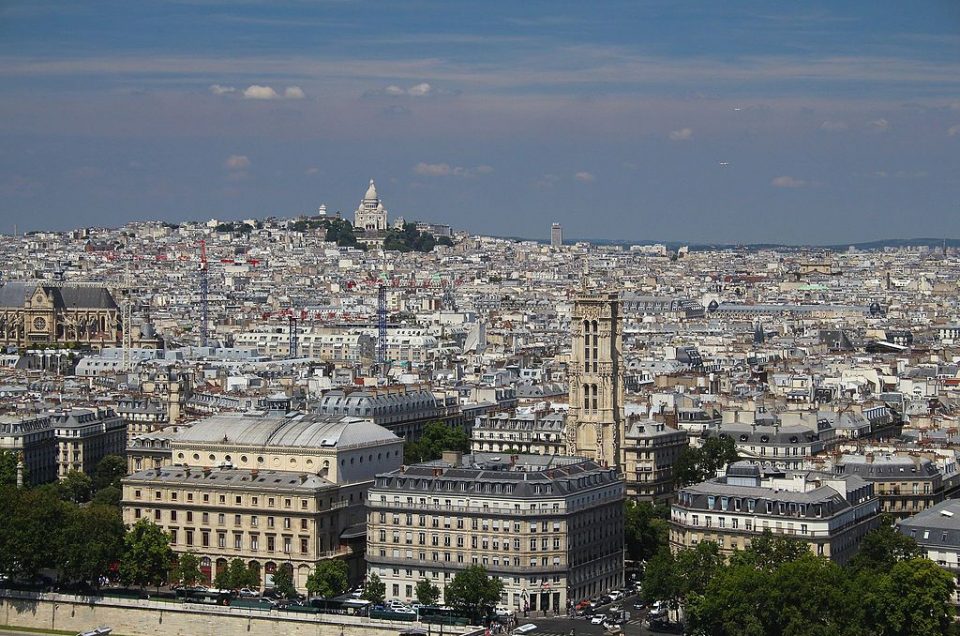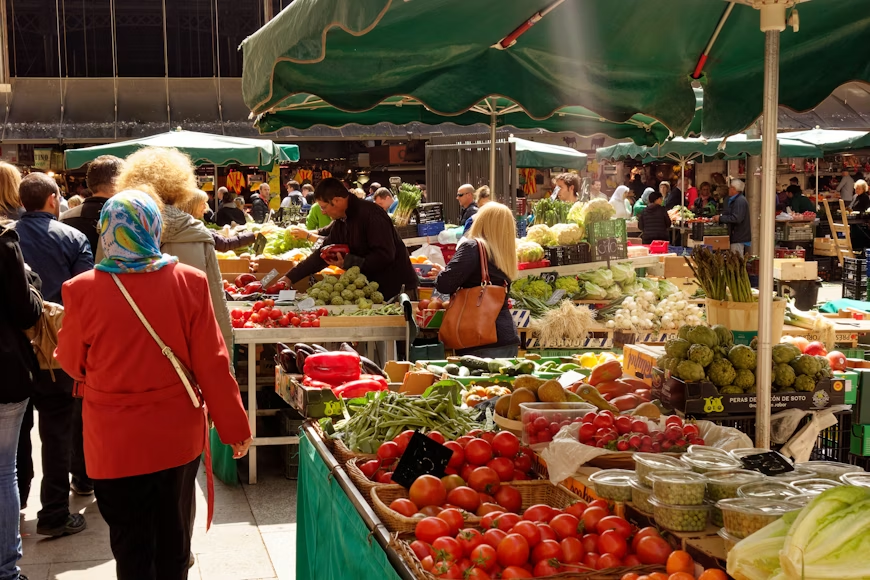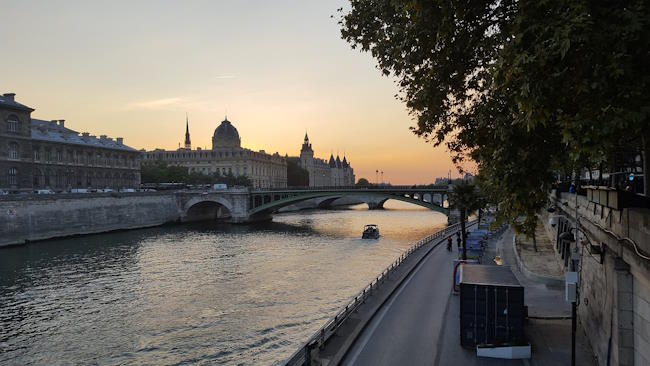French Gothic architecture emerged in the 12th century and transformed how churches and cathedrals could reach for light and height. As you travel through France, you’ll see soaring vaults, intricate stained-glass windows, flying buttresses, and sculpted façades that tell Biblical stories. This guide will help you understand the style, see its phases, and plan a route to the essential Gothic masterpieces.
What you’ll learn today
- The origin and defining features of French Gothic architecture
- How the style evolved through the centuries
- Must-see Gothic cathedrals and churches in France
- Travel tips for visiting these sites respectfully and enjoyably
What is French Gothic architecture?
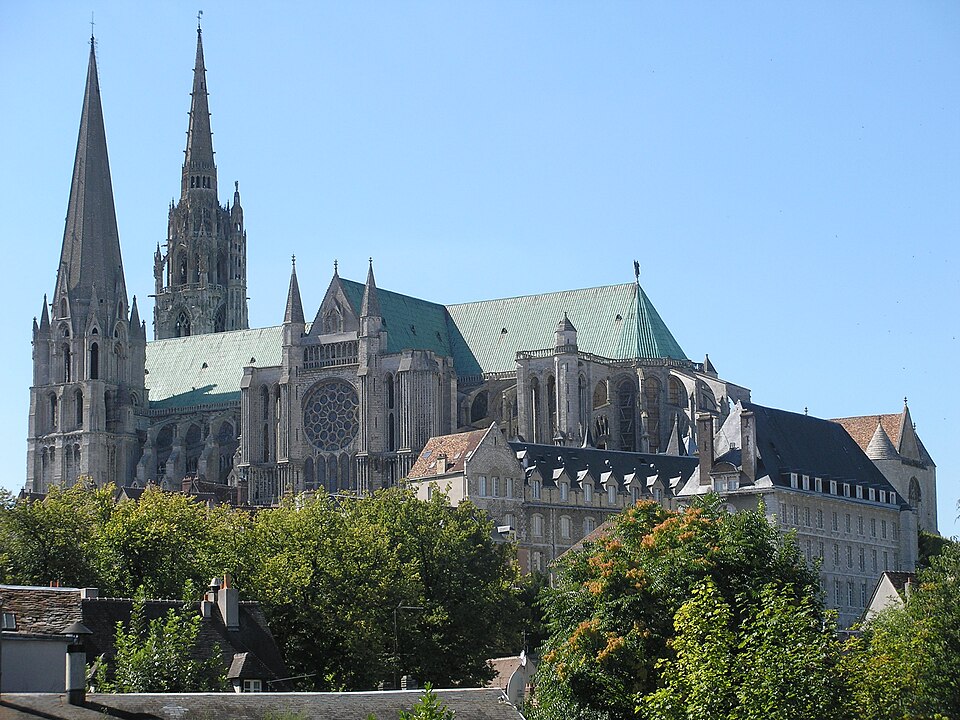
Origins and definition
French Gothic (or “Gothique français”) refers to the architectural style that began in France circa 1140 and remained dominant until the mid-16th century.
It represented a radical shift from the heavier, darker Romanesque style. The innovation lay in structural advances which allowed more light, taller interiors, and more delicate stonework.
One of the earliest and most pivotal examples is the choir of the Basilica of Saint-Denis near Paris. Abbot Suger’s reconstruction (c. 1140–44) integrated rib vaults, pointed arches, and large windows — in effect establishing the blueprint for Gothic.
Key architectural features to spot
| Feature | Purpose / Symbolism | What to look for |
|---|---|---|
| Pointed (ogival) arches | Redirects weight downward, allows taller openings | Doorways, windows, arcades |
| Rib vaults | Skeletal ribs carry loads, vaults span wide spaces | Ceilings, especially in the nave, choir |
| Flying buttresses | Reinforce tall walls from the outside, reduce need for massive walls | Look for arched supports reaching from outer walls to piers |
| Large stained glass windows / rose windows | Fill the interior with colored light, tell stories | Particularly in façades, transepts, choir |
| Sculptural façades & portals | Teach Biblical stories, saints, moral lessons | Tympana over doors, sculpted jambs, façade galleries |
| Vertical emphasis & pinnacles | Convey “reaching toward heaven” | Tall spires, towers, upward lines in decoration |
| Triforium, clerestory levels | Layered interior vertical zones to enhance complexity | Three-tiered interior wall elevation in many cathedrals |
These features allowed medieval builders to push boundaries — walls became thinner, windows larger, interiors brighter, and structures loftier.
Evolution: Phases of French Gothic
Architects in France developed distinct phases over the centuries.
Here’s a simplified breakdown:
| Phase | Approximate Era | Characteristics | Example(s) |
|---|---|---|---|
| Early / Primitive (Gothique primitif) | c. 1140 – 1180 | Transitional elements from Romanesque, lower height, more structural experimentation | Saint-Denis (choir), early parts of Notre-Dame de Paris. |
| Classic / High Gothic (Gothique classique / rayonnant beginnings) | late 12th – first third of 13th c. | Emphasis on light, reduced wall mass, more windows, balanced proportions | Chartres Cathedral, western parts of Amiens. |
| Rayonnant & Decorated Gothic | mid 13th – 14th c. | Increased ornamentation, tracery, fine stonework, radiating patterns in rose windows | Sainte-Chapelle (Paris, though more chapel), portions of Reims. |
| Flamboyant Gothic / Late Gothic | 15th – early 16th c. | Sinuous, flame-like tracery, elaboration, decorative excess | Rouen Cathedral’s later elements, Saint-Maclou Church in Rouen. |
As technology, tastes, and patronage evolved, buildings were modified, expanded, or repaired. Thus, many cathedrals contain layers of styles.
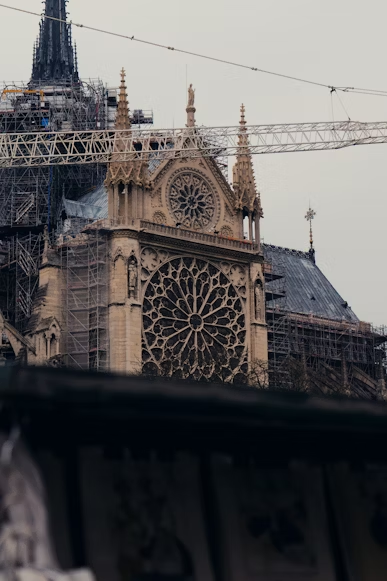
Must-See French Gothic Sites (and travel tips)
Here are several Gothic landmarks to include in your France itinerary, especially if architecture is a focus.
Top picks
- Basilica of Saint-Denis (near Paris)
Considered the founding Gothic building, the choir is a masterwork of early Gothic design. - Notre-Dame de Paris
Though damaged by fire in 2019, the cathedral remains an icon and efforts are ongoing for restoration. - Chartres Cathedral (Chartres, ~80 km southwest of Paris)
One of the most intact and influential High Gothic cathedrals; over 175 original stained glass windows remain. - Amiens Cathedral
Known for having the largest interior volume of any French cathedral. - Reims Cathedral
The coronation church of French kings, with an elaborate sculptural façade. - Laon Cathedral
A well-preserved example of early Gothic style in a smaller city context. - Tours Cathedral (Saint-Gatien, Tours)
Its construction spanned several centuries, blending Gothic and later styles. - Rouen Cathedral
Its long history exhibits layers from early Gothic through Flamboyant and Renaissance. - Saint-Maclou, Rouen
A parish church celebrated as a superb example of Flamboyant Gothic.
Sample Gothic cathedral itinerary by train
If you’re based in Paris, many of these are reachable as day trips or multi-day loops by train. The France Gothic Cathedrals by Train itinerary (Travel France Bucket List) is a good reference.
To maximize your experience:
- Start with nearby sites (Saint-Denis, Notre-Dame) before venturing further.
- Group by region (e.g. northern France: Amiens, Laon, Reims; Normandy: Rouen).
- Allow time inside — the interior light, sculpted capitals, and stained glass require slow observation.
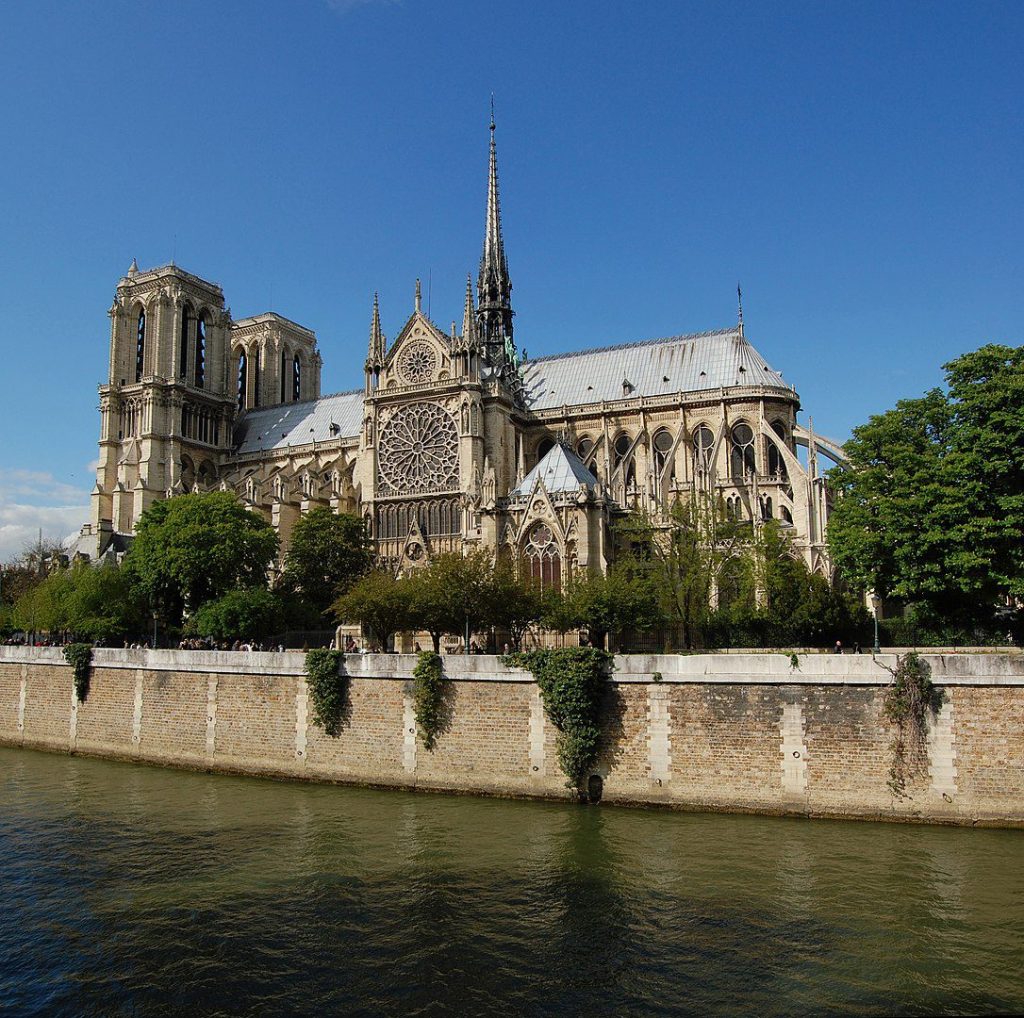
How to visit: tips & etiquette
- Check opening hours and mass schedule — some cathedrals close during services.
- Dress respectfully (shoulders and knees covered) — many remain active churches.
- Use audio guides or guided tours, which help explain symbolism, structure, and history.
- Look for special events (light shows at night, organ recitals, choir concerts) — many cathedrals host these in summer.
- Climbing towers or walkways: If permitted, they offer unique vantage points of the structure and cityscape.
- Photography rules: Usually allowed in daylight; flash or tripods may be restricted.
- Support conservation: Many cathedrals accept donations or have visitor passes that help with upkeep.
Why this matters for travelers
Understanding French Gothic lets you see more than beauty — you’ll appreciate how medieval engineers solved structural problems, how light was used as a spiritual metaphor, and how these buildings served as community landmarks across centuries.
Walking through a Gothic cathedral becomes more than sightseeing: it’s a journey into the ambitions, beliefs, and artistry of medieval France. The best way to experience Gothic architecture in Paris is on foot. Our Montmartre Walking Tour takes you to some of Paris’ famous landmarks, through to lots of hidden gems.
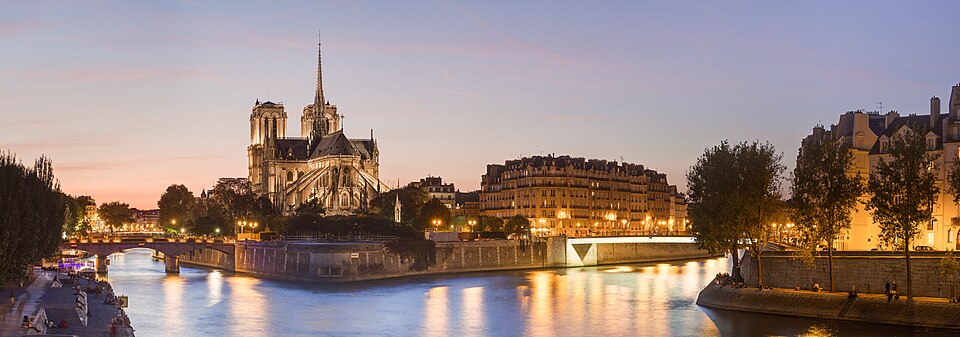
Frequently asked questions
What distinguishes French Gothic from English Gothic?
French Gothic tends toward greater spatial lightness, large rose windows, and structural elements like flying buttresses. English Gothic often emphasizes length (the “cathedral as a long nave”), more horizontal emphasis, and different vault styles.
Are all French cathedrals fully Gothic?
No — many were built over centuries, so you’ll see a mix of Romanesque, Gothic, Flamboyant, and Renaissance features in a single building.
When is the best time to visit Gothic cathedrals?
Late spring, summer, and early fall offer longer daylight hours and more events, but off-peak seasons (spring or autumn) may offer fewer crowds and more contemplative atmosphere.


